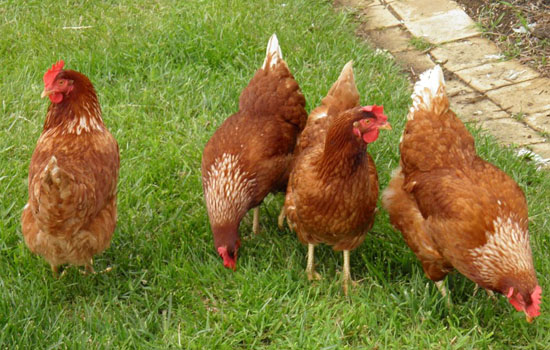In the process of broiler breeding, most breeders will use poultry farming equipment to raise chickens. In the process of broiler breeding in poultry farm cage, environmental management of broilers is very important. Whether it is equipment raising chickens or closed type raising chickens, environmental requirements are relatively high. Only when environmental management is done can broiler breeding be better. Here are some key management points of broiler breeding environment for breeders.
1. Chicken battery cages temperature management: The temperature inside the chicken house will affect the growth speed and robustness of broilers, so the temperature control by the breeder is the key. Generally, when broilers are chickens, the breeder should raise the temperature in the chicken house. Generally, it is advisable to keep the temperature at 32-35℃ for the first 2 weeks. The temperature change and body temperature cannot differ too much, for example, it is easy to cause death if the temperature exceeds 8℃. Chickens in this period are weak and have few feathers. They cannot rely on their own constant body temperature. They must rely on manual control of the ambient temperature. After 2 weeks of age, it is more appropriate to decrease the temperature by 3℃ every week. The speed of cooling is too fast, the young meat is not suitable, and too slow is unfavorable to feather growth. From the age of 5 weeks, keeping the ambient temperature at 20-25℃ is the most favorable for weight gain speed and feed compensation. Broilers should pay great attention to temperature control during the whole feeding period.
2. Ventilation management of chicken coops: The ventilation of closed chicken coops is generally performed by fans of broiler breeding equipment. Broilers grow very fast and have a large number of chickens. Carbon dioxide and ammonia in feces are very large, which is easy to affect the health of chicken coops. Therefore, farmers must adjust the ventilation volume in the coops in time according to the temperature and the growth needs of broilers, remove harmful gases
from the coops, and allow fresh air to enter the coops.
3. Illumination management of chicken coops: The illumination of closed chicken coops depends on the light. The purpose of illumination is to prolong the feeding time, promote the growth speed, and the illumination time is generally 23 hours a day and 1 hour dark. Generally, intermittent lighting will be implemented at night after the 2nd week, i.e. turning on the lights for feeding and turning off the lights after eating. However, attention should be paid to having enough food intake time each time, otherwise it will affect the harvest,Food intake, and will lead to uneven growth. The light intensity is slightly stronger for the first three days, preferably 10 lux, so that the hatchling is familiar with the environment and is convenient for foraging and drinking, and then the light intensity is reduced to the minimum intensity of 2.5-5 lux. Weak light energy can reduce the occurrence of chicken vices, keep the chickens open, and is beneficial to growth and fattening.
4. Humidity management of chicken coops: Generally speaking, the ideal relative humidity is 60-65% within the appropriate temperature range. In addition, breeders should pay attention to poor feather growth of broilers when the relative humidity in the coops is lower than 40%, which will lead to a large increase of dust in the air and easily lead to respiratory diseases.
